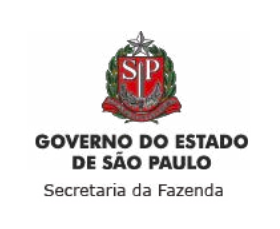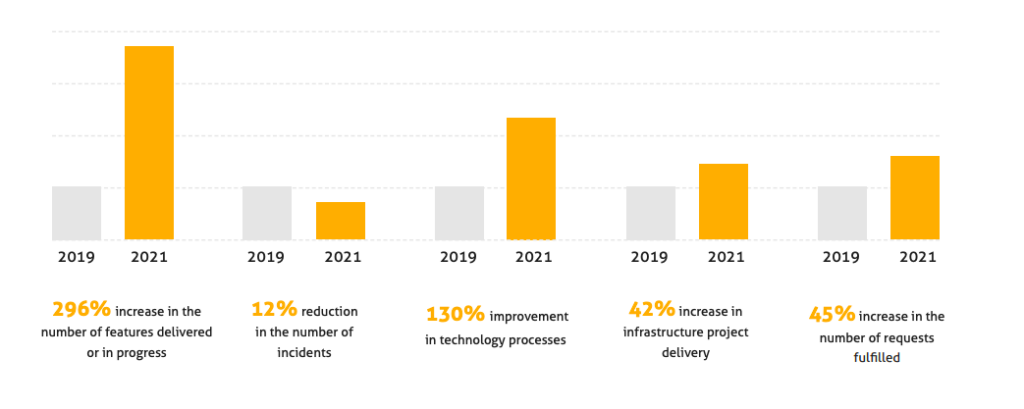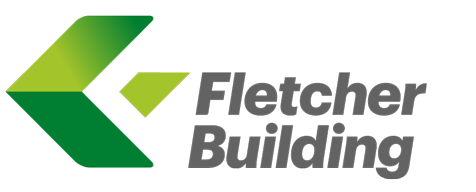
“The most significant gain, in my view, is intangible: Today, the relationship between IT and business is peaceful and collaborative. People work with much more ease and face fewer conflicts.”
—Roberto Lopes de Carvalho, Secretaria da Fazenda do Estado de São Paulo
Industry:
Government
Quick Facts:
- São Paulo State Department of Treasury (SEFAZ-SP) has approximately 8,000 employees.
- The department manages $230 billion in taxpayer revenue.
- Its structure includes 18 regional tax units, dozens of tax posts, as well as administrative and service units covering all 645 municipalities in the state.
- With SAFe Essential chosen as the starting point and with the help of Adaptworks as a trusted partner, the first ARTs (Agile Release Trains) were launched in July 2019.
- SAFe allowed the department to leverage cutting-edge technologies in electronic systems and digital services.
Outcomes & Lessons Learned:
- Between 2019 and 2021, the department saw a 296% increase in the number of features delivered or in progress.
- Teams saw a 12% reduction in the number of incidents to manage.
- The department reported a 42% increase in infrastructure project delivery rates.
- They adopted a clearer definition of responsibilities between business and IT.
- Stakeholders reported stronger alignment between development, security, and infrastructure through DevOps.
Overview
With the challenge of managing 230 billion in revenue collection from taxpayers in the State of São Paulo, SEFAZ-SP followed a path with the help of SAFe to establish new milestones in the public management of its services.
This journey led to results such as increased efficiency, continuous value delivery, and greater collaboration between the areas involved in the deliveries.
About SEFAZ-SP
The Secretaria da Fazenda do Estado de São Paulo, responsible for the highest ICMS revenue collection among Brazilian states, is headquartered in the capital and operates throughout the state of São Paulo. Its structure includes 18 regional tax units, dozens of tax posts, as well as administrative and service units covering all 645 municipalities in the state.
With a workforce of approximately 8,000 employees, the institution combines the most modern concepts and practices of public management with the continuous improvement of high-quality services for citizens, both in-person and remotely. It leverages cutting-edge technologies in electronic systems and digital services.
Problem Statement
After an evaluation process that took place in 2017, SEFAZ- SP encountered a scenario typical of organizations that are in the early stages of an Agile transformation.
As a response to the situation it was facing, SEFAZ-SP adopted Scrum as a work process for its teams. The results and benefits of this adoption quickly became evident through increased delivery speed and improved alignment between Product Owners and business areas.
According to Margarita Gómez, Executive Director of the PeopleGov Lab at the Blavatnik School of Government, University of Oxford, one of the main challenges of public service in Brazil is aiming for a government that is agile, flexible, and innovative.
And it was precisely in this direction that SEFAZ-SP initially guided its transformation strategy, under the leadership of Roberto Lopes de Carvalho, Deputy Director of the Information Technology Department, responsible for the entire organization, structure, and service delivery related to technology products and services.
“We were facing a problem with incremental and waterfall management models, using PMI techniques for tracking. Essentially, there was a constant state of conflict and contract renegotiation between technology and business areas, which we decided to address by adopting Scrum for team management. We started with a few teams and quickly expanded as the initial experience was excellent,” says Roberto Lopes de Carvalho, Secretaria da Fazenda do Estado de São Paulo
An important step had been taken, but there was still something SEFAZ-SP needed to address to further accelerate its transformation: Scaling all its Agile initiatives across the institution without compromising the quality, efficiency, and value generation that had been individually achieved by the teams up to that point.
The Challenge
Over time, it became clear that although teams were delivering individual results, they still needed better alignment with operations and the institution’s service area. The challenging scenario involved a large number of applications requiring integrations with both internal and external services. Even though development had become faster, it still lacked synchronization and cadence across the various teams.
“For a while, we experienced the phenomenon of a fast car without a rearview mirror. It was common for a team to be developing an application, complete one stage, and then realize that the next stage—handled by another team, sometimes requiring a different integration—was not yet ready,” adds Carvalho.
The lack of synchronization and alignment, along with the loss of knowledge at the end of projects due to the reallocation of professionals, raised a red flag for Roberto.
The Path Forward
In 2019, after an evaluation led by Roberto and supported by market references and data, SEFAZ-SP decided that SAFe could meet their needs.
The process began with a consultation with Scaled Agile, where SEFAZ-SP sought a certified and reliable partner capable of offering the full portfolio of SAFe training, along with the consulting support they needed.
Adaptworks was recommended as the pioneer in bringing SAFe to Brazil in 2014 and for establishing itself as the leading SAFe company in Latin America, recognized for its consulting support to various organizations and for having trained over 5,800 professionals in SAFe.
With SAFe Essential chosen as the starting point, the first ARTs (Agile Release Trains) were launched in July 2019. As the process gained momentum, representatives from all technology areas, agile teams, and key stakeholders from business areas were integrated into the ARTs, assuming roles such as Business Owners, Product Managers, and Product Owners.
One of the initial challenges was skepticism and resistance to the ongoing changes, as well as uncertainty among professionals regarding their roles and responsibilities within the new framework.
This natural adaptation process was mitigated through SAFe alignment ceremonies and coordination meetings with all stakeholders.
“We found a work framework with well-defined roles, which greatly helped in identifying the right people for each role and clarifying their responsibilities. Once we overcame this initial challenge, we had to launch the ARTs and form the teams — each sometimes at different levels of maturity and with varying experiences in agility. However, we always respected these differences and embraced the methods or solutions that each ART discovered for itself,” highlights Carvalho.
Over the course of several months, Adaptworks contributed to the learning journey of Business Owners, RTEs, Product Managers, and agile team members by delivering 100% of the SAFe training offered by Scaled Agile.
Adaptworks also provided support for launching the ARTs, which played a key role in enabling SEFAZ-SP to maintain and offer its 72 digital services to the citizens of São Paulo.
Results
The result of the partnership between SEFAZ-SP and Adaptworks is reflected in the absolute numbers achieved between 2019 and 2021:

In addition to the gains mentioned above, other notable improvements have emerged from SEFAZ-SP’s adoption of SAFe, generating a positive impact across the organization:
- Clearer definition of responsibilities between business and IT
- Stronger alignment between development, security, and infrastructure through DevOps
- A shift in how technology-related matters are perceived, leading to greater alignment with the modernization of strategic planning, which now incorporates quarterly OKRs synchronized with Program Increment (PI) cadences.
Share:
Back to: All Case Studies
Suggested Case Study: Royal Philips







